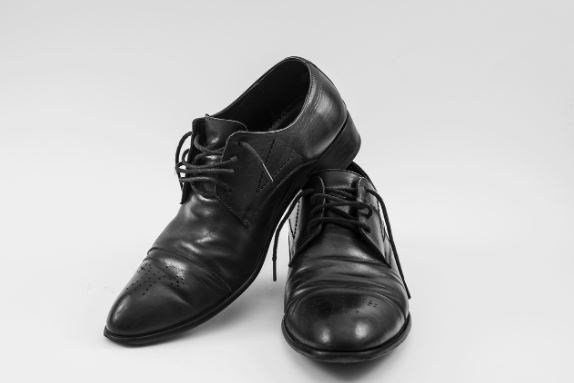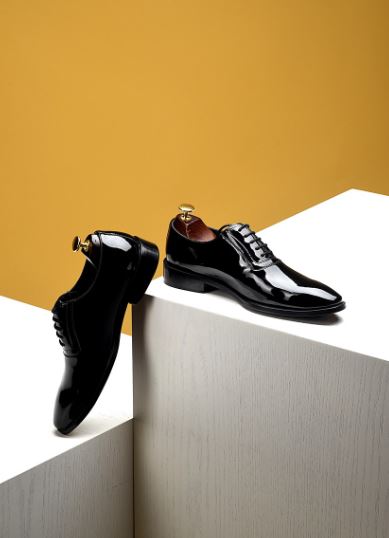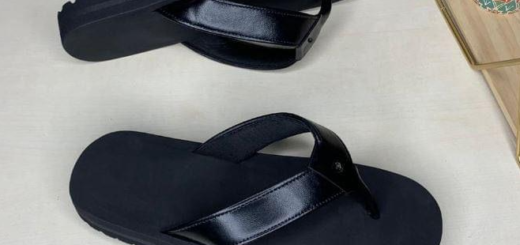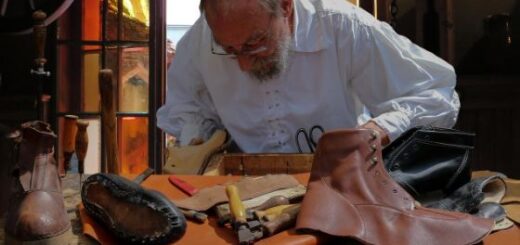How to Choose Quality Leather Shoes: Expert Tips for Style, Fit, and Longevity
Leather shoes can elevate your look—whether you’re heading to a business meeting or dressing up for a formal event. But with countless options in stores, finding a truly quality pair takes more than just picking a style you like. From the type of leather to the construction of the sole, every detail plays a role in both comfort and longevity.
This guide provides a fresh perspective on how to navigate the leather shoe market so you can invest in a pair that fits your style, supports your feet, and stands the test of time.
Understand the Nature of Leather
Leather shoes vary widely in quality depending on how the leather is sourced and treated. The outer surface of the hide, known as the grain, gives important clues about the shoe’s durability and craftsmanship.
Before diving into shoe styles, it’s important to grasp what makes some leathers better suited for long-term wear.

Full-Grain Leather: The Premium Choice
If you’re looking for the highest quality, full-grain leather is hard to beat. This type of leather retains the original texture and imperfections of the animal hide, offering both character and durability. It undergoes minimal processing, preserving the natural fibers that make it exceptionally breathable and strong.
Full-grain leather doesn’t rely on heavy finishes to look good. Instead, it develops a beautiful patina over time, making your shoes more attractive as they age. Though pricier, they require less maintenance and last much longer than lower-grade options.
Corrected-Grain Leather: A More Processed Alternative
Corrected-grain leather is treated to remove natural blemishes. The surface is sanded and coated to mimic a more uniform grain. While it may look sleeker out of the box, it sacrifices breathability and tends to wear out quicker.
Shoes made from this leather often appeal to budget-conscious buyers, but they don’t offer the same level of comfort or durability. They may also retain more foot odor due to the reduced airflow.
Explore Leather Shoe Types
Knowing the differences between popular leather shoe types will help you pick one that complements your wardrobe and lifestyle. Each has its own qualities, strengths, and ideal uses.
Calfskin: Timeless and Smooth
A go-to option for formal occasions, calfskin leather is appreciated for its smooth finish and clean appearance. It’s relatively lightweight and has a tight grain, making it strong and flexible. Because it hides imperfections well, it maintains a polished look even after multiple wears.
Roughout: Rugged and Practical
Favored in military and work settings, roughout leather is the inner side of the hide turned outward. It offers a soft, textured surface that resists scuffs and does not require regular polishing. This makes it a reliable choice for outdoor use or casual wear.
Scotch-Grain: Durable and Distinctive
This pebbled leather is known for its texture and durability. The grain is embossed with a pattern that adds character and increases resistance to weather. It’s a smart pick for anyone who faces rain or varied climates but still wants a stylish shoe.
Shell Cordovan: Luxurious and Rare
Made from the fibrous muscle beneath a horse’s hide, shell cordovan is revered for its rich color and unmatched longevity. It doesn’t crease the way other leathers do and can last for decades when properly cared for. Due to its scarcity and craftsmanship, it’s one of the most expensive leathers on the market.
Vegetable-Tanned Leather: Naturally Unique
Vegetable-tanned leather is treated with plant-based tannins rather than synthetic chemicals. Over time, it evolves in color and feel, giving your shoes a personalized look. It requires a bit more care but rewards the wearer with a one-of-a-kind patina.
Know Your Shoe Sole Options
While the upper leather gets most of the attention, the sole is just as important for both comfort and longevity. The sole impacts how your feet feel after a full day of wear and how the shoes stand up to different surfaces.
Leather Soles: Elegant and Molding
Leather soles offer a sleek profile and are often used in high-end dress shoes. They mold to the shape of your foot over time, creating a custom fit. Though they start off a bit stiff, they become more flexible and supportive with wear.
However, they may lack grip in wet conditions and can be costly to replace. Still, for those looking for classic aesthetics and long-term use, leather soles are worth the investment.
Rubber Soles: Comfortable but Temporary
Rubber soles are commonly found in casual or hybrid styles. They provide immediate comfort thanks to better shock absorption and require no break-in period. But they tend to wear out faster and don’t conform to your feet like leather does.
They’re a solid option for daily wear or unpredictable weather but may fall short if you’re aiming for a long-lasting pair of refined shoes.
Care Tools to Maintain Leather Shoes
Even the best leather shoes need proper care to stay in top form. A small collection of care products can significantly prolong their life and preserve their appearance.
Cedar Shoe Trees: Essential for Longevity
Inserting cedar shoe trees after each wear helps absorb moisture and odor while preserving the shoe’s shape. They prevent leather from creasing and keep the shoes looking structured and fresh.
Cedar also has natural antibacterial properties, making it a superior choice over plastic or generic wood alternatives.
Shoe Polish: Restore and Protect
Shoe polish is more than a cosmetic touch-up. It nourishes the leather, covers light scuffs, and restores shine. Using a cream or wax polish that matches your shoe’s color enhances the depth and richness of the leather.
Apply polish regularly with a soft cloth and brush it in evenly to maintain a well-kept appearance.
Leather Conditioner: Keep it Supple
Conditioning your shoes every few months ensures that the leather doesn’t dry out or crack. A good conditioner replenishes natural oils, especially important for full-grain or vegetable-tanned leather that isn’t coated with synthetic layers.
Apply a light amount with a cloth and let it soak in before wiping away the excess.
Final Takeaway
Choosing the right leather shoes is more than a matter of style—it’s about understanding the materials, construction, and upkeep that make a pair truly exceptional. By learning the differences between leather types, understanding shoe structure, and investing in quality care tools, you can build a collection that looks sharp and stands the test of time.
Whether you’re dressing for the office, a formal event, or just upgrading your everyday wardrobe, the right pair of leather shoes can be one of the most rewarding purchases you’ll make.

Commonly Asked Questions
What makes full-grain leather the best option?
Full-grain leather is durable, breathable, and develops a rich patina over time, making it ideal for long-term wear.
How does corrected-grain leather differ from full-grain?
Corrected-grain leather is sanded and coated to hide imperfections, making it less breathable and less durable than full-grain.
Which leather type is best for dress shoes?
Calfskin is the preferred choice for dress shoes due to its smooth finish, light weight, and elegant appearance.
Are leather soles better than rubber soles?
Leather soles offer a custom fit over time and look more refined, while rubber soles provide immediate comfort but wear out faster.
Why use cedar shoe trees?
Cedar shoe trees maintain the shoe’s shape, absorb moisture, and help prevent odors between wears.
How often should you polish leather shoes?
Polish your leather shoes every few weeks or after heavy wear to restore shine and protect the material.
What is the benefit of vegetable-tanned leather?
Vegetable-tanned leather ages beautifully, developing unique color changes and a personalized look with use.







